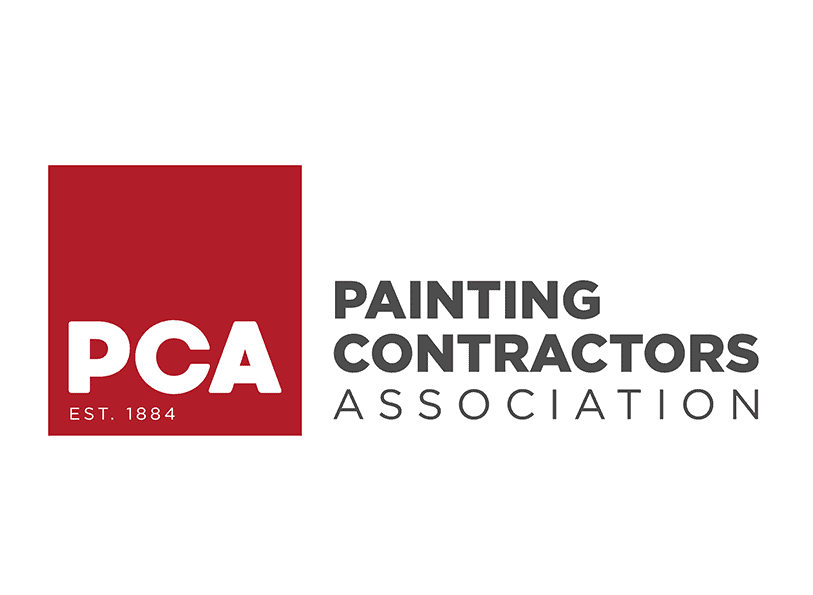
07 Sep Should you use low or no-VOC paints?
What are low or no-VOC paints?
When a client tells us that someone in their family has chemical sensitivities or asthma, we suggest low-VOC paint. While that new paint smell indicates a fresh look, it actually means something else. VOCs are volatile organic compounds. These are chemicals found in many building materials, including paint, that give off gasses.
In some cases, the build-up of those gasses can harm people and the environment. Those chemicals are regulated by the government through the Clean Air Act. VOCs can contribute to several health issues, including headaches, airway irritation, nausea, and even liver, kidney, or central nervous system damage.
VOCs in Paint
Paint VOCs are the medium that helps the paint glide onto a surface. Paint can give off fumes for weeks, months, or even years after the initial application. Unfortunately, VOCs are also found in other household items, such as furniture and cleaning products.
No vs. Low-VOC Paint?
There is a difference between the two and consumers should know what that is. Low-VOC paint contains less than 50 grams per liter of volatile organic compounds. No-VOC or zero-VOC paint can contain some VOCs, but it must be less than 5 grams per liter. Note, that when color is added to a paint base, that can add some VOCs.
Importantly, here’s what the Environmental Protection Agency (EPA) has to say about VOCs and regulations:
“EPA does regulate VOCs in some household products under the Clean Air Act (CAA); however, the regulations that we have promulgated for VOCs in architectural coatings and consumer products are in place only because many VOCs photochemically react in the atmosphere to produce ozone, a component of smog. From the standpoint of indoor air quality, the definition of VOCs and their regulation under the CAA sometimes causes confusion. The reason is that some chemicals that are toxic are exempt from the VOC regulations because they are not considered to be photochemically reactive. Therefore, some products that are labeled as “no VOC” or “low VOC” under the CAA can actually contain volatile organic chemicals that are toxic, sometimes at high levels.”
Bottom line
Even low or no-VOC paints can contain chemicals that are harmful to health. If your biggest concern is toxicity, you will want us to use paints that are considered “non-toxic” or “natural paint.” These specialty paints are less readily available (you can often purchase them online.) and usually cost more than regular paint. If paint odor is a concern, we suggest low-VOC or no-VOC paint for little to no paint odor.

Mike Katounas is the owner of Home Works Painting, a painting business in Northern Virginia. He has over 15 years of experience in residential interior and exterior painting, drywall installation/repair, carpentry, wallpaper removal, power washing, commercial painting, color consultation, and staining/sealing. Their service areas include Chantilly, Fairfax, Herndon, Oakton, Reston. Mike takes pride in his work, and he always follows a strict code of conduct that includes the use of quality paint, a clean workspace, and an honest, respectful approach to his customers.












Sorry, the comment form is closed at this time.